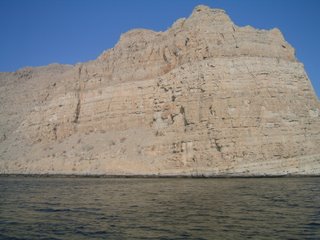 Moving Together
Moving TogetherF W Boreham’s study of history and particularly his research into the lives of Galileo Galilei, Thomas Huxley and Benjamin Disraeli, had revealed to him the contentious divide between science and religion. In 1934, he stated, “No modern movement has aroused greater hostility than has the scientific movement”.[1] By 1948, he observed that “Science and Religion ... have moved towards each other” but he was swift to remind his readers that “a century ago the young people of Christian homes were forbidden to read the works of scientists; while the sages and savants looked with ill-disguised contempt upon all religious trends and institutions”.[2]
On the Side of the Angels
Boreham wrote many articles on scientific themes because he wanted to highlight the “affinities between science and religion”.[3] He advised his readers neither to dread new discoveries[4] nor to conclude that scientific discoveries were hostile to the church.[5] The role of science was to interpret nature and the church needed to demonstrate a reverence toward science[6] because science was, in the words of Disraeli, “on the side of the angels”.[7] Boreham declared, “We are confronted ... by One Universe [in which] a sense of basic unity and exquisite harmony is the outstanding feature”.[8] He continued: “Truth can never by any possibility be the enemy of truth. The truth that the astronomer discovers among the stars cannot be at variance with the truth that the geologist finds among the stones. The truth that the botanist reveals from among earth’s flora cannot contradict the truth that the zoologist reads among earth’s fauna”.[9]
Harmony of the Spheres
Calling not for a truce but a peaceful partnership, Boreham said, “We ask the scientists to reconsider their interpretation of the one, and the theologians to review their interpretation of the other, in the certainty that, when they have done so, we shall hear once more the music of the Spheres”.[10]
Geoff Pound
Image: Truth in the Stones- Musumdam Peninsula, Oman
[1] Boreham, Mercury, 27 October 1934; Age, 24 August 1946.
[2] Boreham, Mercury, 11 September 1948.
[3] Boreham, Mercury, 2 September 1916.
[4] Boreham, Mercury, 11 September 1948.
[5] Boreham, Mercury, 14 April 1928.
[6] Boreham, Mercury, 11 September 1915.
[7] Boreham, Mercury, 22 August 1914.
[8] Boreham, Mercury, 11 September 1948.
[9] Boreham, Mercury, 11 September 1948.
[10] Boreham, Mercury, 11 September 1948.

 Nature Mediating the Spiritual
Nature Mediating the Spiritual
 Theological Foundations
Theological Foundations
